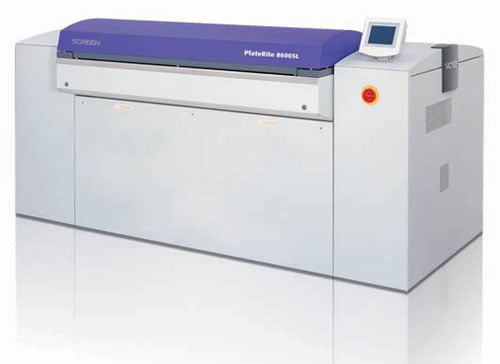The CTP process can bring excellent imaging quality, near calibration, and fast production turnover to printing. However, its advantages are not only due to the CTP platemaking machine, but also the aluminum substrate used for the plate.
In traditional platemaking, whether the dots can be accurately positioned on the plate depends largely on the accuracy of the position of the imposition and registration device when using a vacuum device or a continuous copying device. In any case, this requires the plate to be quite flat when it is laid flat, but because the imaging process uses direct contact exposure, the whole process can accept different flatness variations of various types of plate surfaces, which are caused by the surface treatment of the aluminum substrate when producing traditional plates. However, because digital printing plates are exposed by focusing the energy emitted by a laser light source, the requirements for digital plate flatness, including the surface treatment of the aluminum substrate, are more stringent.
In addition, the use of energy focusing imaging is different from direct imaging, which means that there will be no visible streaks when imaging on digital plates, because no streaks will be produced during the anodizing and grinding of the aluminum plate.
When the emulsion is applied to the digital plate, it is smooth, uniform, and free of defects. Because the dot size generated in the laser platemaking machine is very small, any dust in the air, no matter how small, that falls on the plate during the roll production process will cause this artificial image point. In fact, there are also irregular images caused by static spots, which are so small that they cannot be seen even with the magnifying glass used to examine traditional printing plates.
The same uniformity requirements also apply when the synthetic materials are photosensitive coated on digital printing plates. Generally speaking: when traditional printing plates are exposed to ultraviolet light, they receive about 10,000 times the energy that the laser system in the direct platemaking equipment transmits to the coating of the digital printing plate. This means that in order to accurately meet the physical properties mentioned above, the emulsion coating of the digital printing plate must strictly meet the specific spectral sensitivity characteristics, meet the requirements of being a synthetic substance (especially the molecular structure of the coating), and be highly reactive to energy. Therefore, factories producing digital printing plates require special, additional chemical agents, as well as special production workflows.

